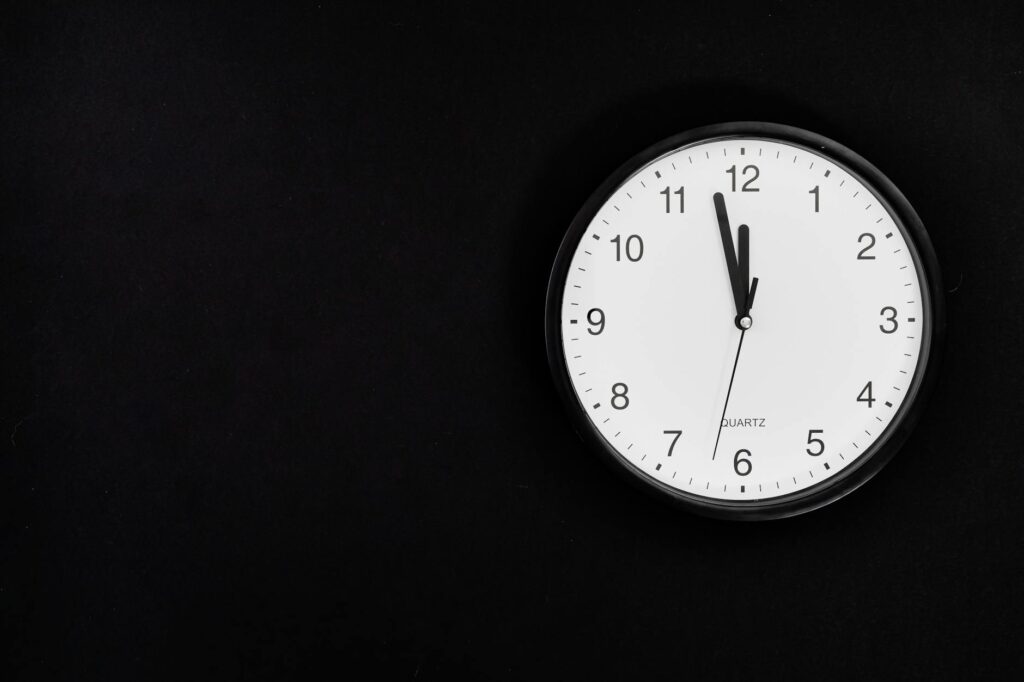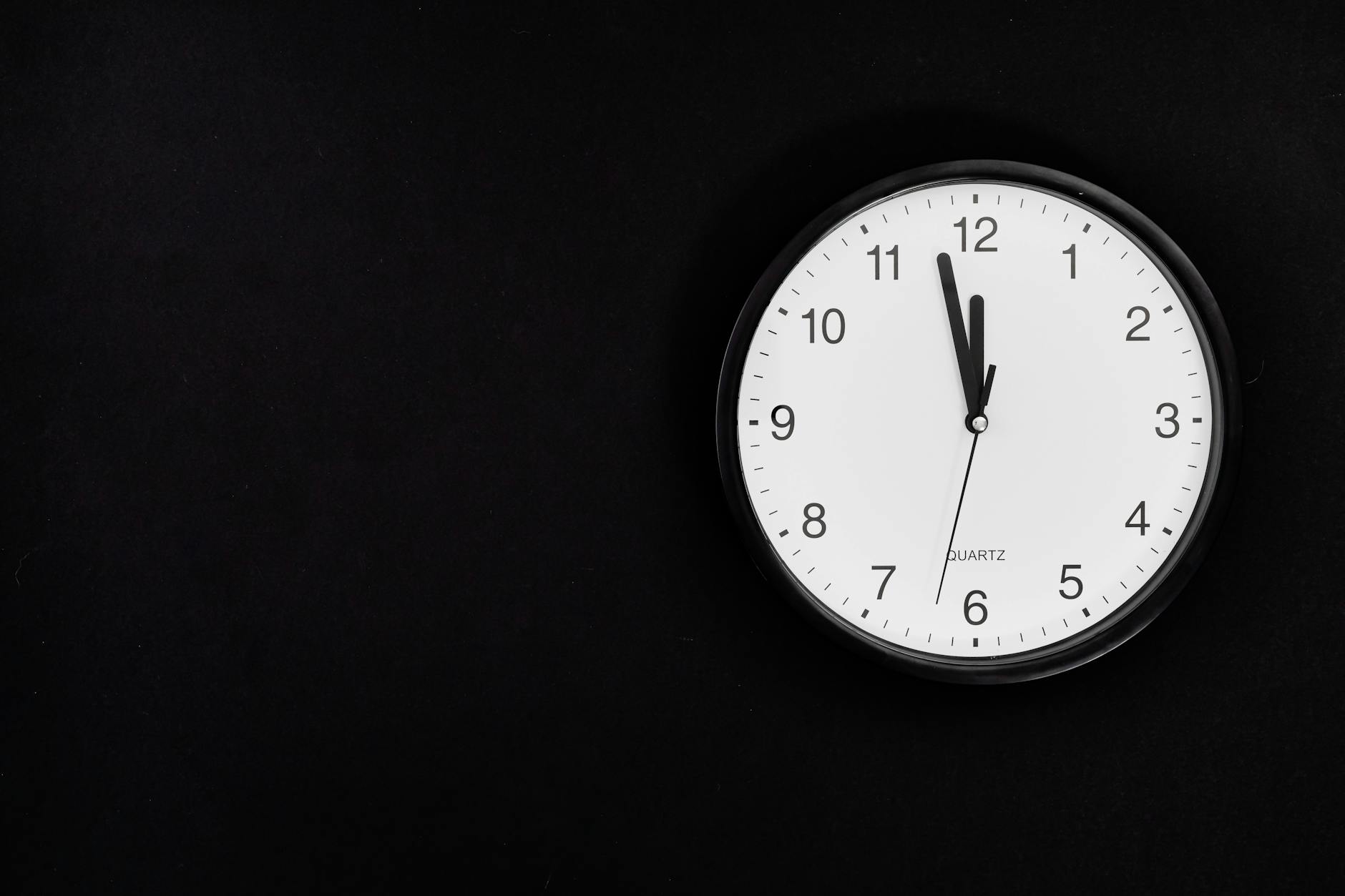What is break clock timer?

What is break clock timer?
In today’s fast-paced world, managing time effectively is essential for maintaining productivity and achieving a balanced lifestyle. One tool that can help in this endeavor is the break clock timer. This handy device or application not only enhances productivity but also promotes well-being by encouraging regular breaks. Let’s explore what a break clock timer is, how it works, and the many benefits it offers.
Understanding Break Clock Timer
A break clock timer is a specialized tool designed to remind you to take breaks at regular intervals during your work or study sessions. It serves as a gentle nudge, helping you avoid burnout and maintain focus.
Definition and Purpose
At its core, a break clock timer is a time management device that prompts you to take scheduled pauses during your work. Unlike traditional timers that simply count down to zero, a break clock timer emphasizes the importance of taking breaks in enhancing work efficiency. It’s a simple yet powerful way to promote productivity while also addressing the risk of mental fatigue.
How It Works
The mechanism of a break clock timer is straightforward. Users set their preferred intervals for work and breaks—commonly known as the Pomodoro Technique. For instance, you might work for 25 minutes followed by a 5-minute break. The timer will alert you when it’s time to switch from work to rest. Many break clock timers also allow customization, so you can tailor the intervals to suit your needs.

Photo by Kaboompics.com
Benefits of Using a Break Clock Timer
Incorporating a break clock timer into your daily routine can lead to numerous advantages, from better focus to improved work-life balance.
Enhanced Focus and Concentration
Scheduled breaks have been shown to boost focus and cognitive performance. By regularly stepping away from your work, you give your brain a chance to recharge. This process can result in clearer thinking and higher-quality output in the long run. After a short break, you may return to your tasks with a renewed sense of energy and focus.
Reduced Stress and Fatigue
Taking breaks can significantly reduce stress levels and feelings of fatigue. When you work for long stretches without rest, your body and mind can become overwhelmed. A break clock timer encourages you to pause, helping to alleviate tension and refresh your spirit. This change in pace can lead to greater overall well-being.
Better Work-Life Balance
Using a break clock timer is not just about productivity; it’s also about achieving a healthier work-life balance. By enforcing boundaries between work and rest, you ensure that you spend time on personal activities and social interactions. This balance is crucial for long-term happiness and can impact your job satisfaction positively.
Choosing the Right Break Clock Timer
With various options available, selecting the right break clock timer can be overwhelming. Here are some tips to help you choose the best one for your needs.
Types of Break Clock Timers
Break clock timers come in different forms, including digital timers, mobile apps, and traditional mechanical timers. Digital timers often provide more features, such as sound alerts and customizable intervals. Apps can also include additional functionalities like tracking productivity over time. On the other hand, a simple mechanical timer might suit those who prefer a minimalist approach.
Customization Features
When selecting a break clock timer, look for customization options. Adjustable intervals allow you to tailor your timer to fit your workflow effectively. Some timers even offer reminders, which can be beneficial for those who tend to lose track of time. Consider what features are most important for your routine and choose accordingly.
Integrating Break Clock Timer into Your Routine
Now that you have a break clock timer, how do you incorporate it into your daily schedule for maximum effectiveness?
Creating a Daily Schedule
To make the most of your break clock timer, create a structured daily routine that includes periods of focused work followed by breaks. For example, using the Pomodoro Technique, you might work for 25 minutes and then take a 5-minute break. After four sessions, take a longer break of 15-30 minutes. This structure keeps your mind fresh and your productivity high.
Monitoring Progress and Adjustments
Tracking your productivity can provide insights into how well your break clock timer is working for you. Regularly assess whether your intervals are effective, and don’t hesitate to make adjustments. If you find that longer or shorter breaks work better for you, modify your timer settings accordingly. Flexibility is key to optimizing your productivity.
Conclusion
In summary, a break clock timer can be a valuable asset in your time management toolkit. By promoting regular breaks, it enhances focus, reduces stress, and helps you achieve a better work-life balance. Whether you opt for a digital timer, an app, or a traditional mechanical model, the important thing is to implement it into your routine. With the right break clock timer, you can boost your productivity and enjoy a healthier, more balanced lifestyle. Start using a break clock timer today and watch your efficiency soar!
For further exploration of time management techniques, you might find resources like Time Management Techniques helpful in refining your approach.